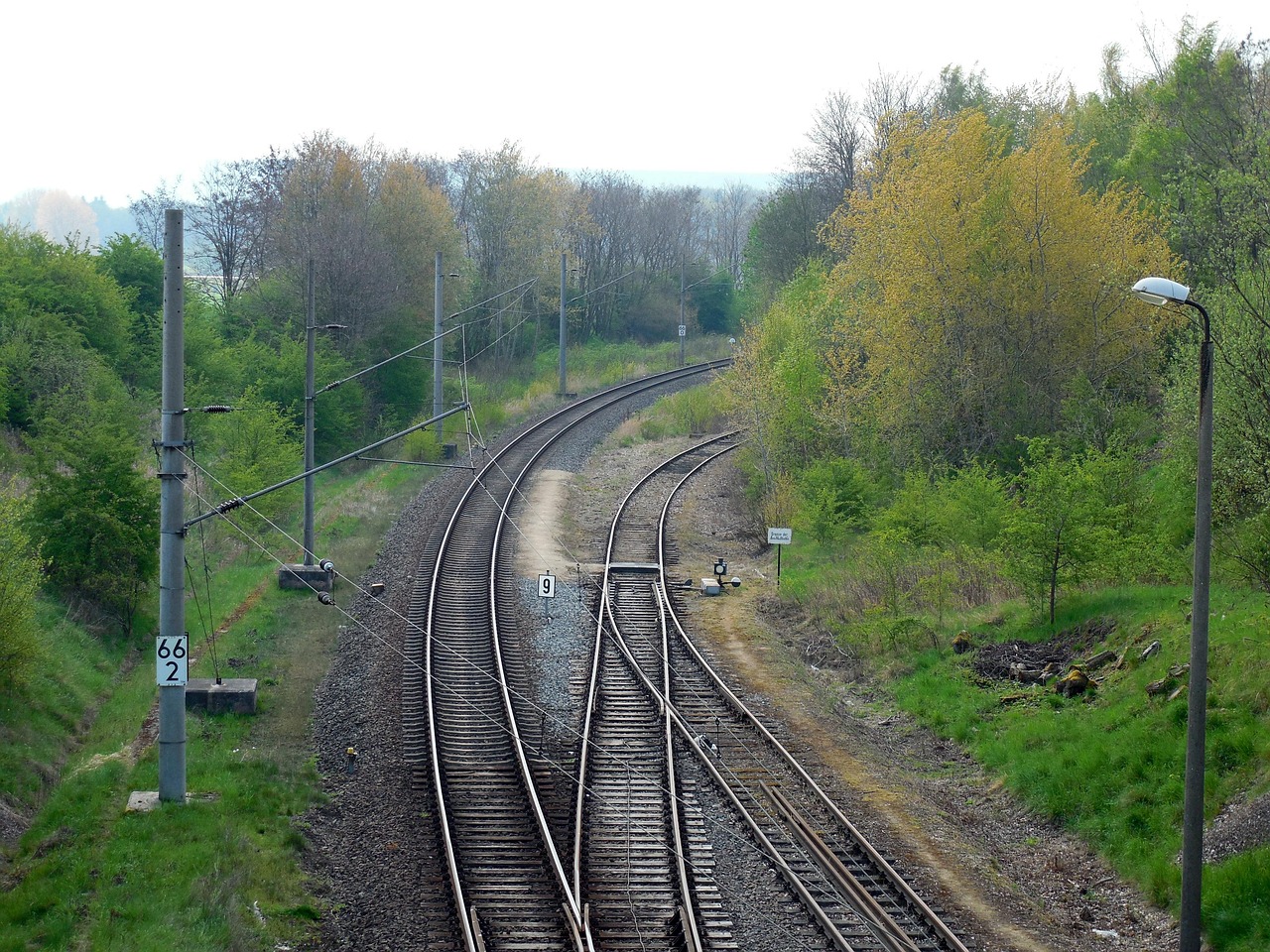
Sweden’s Education Crisis
Authored by Anders Edwardsson via The Epoch Times,
Until the late 1960s, the Swedish public school system was among the world’s best. The country’s literacy rates were nearly universal, and students performed well in mathematics, science, and reading. Education served as a social equalizer, a vehicle for social mobility, and a catalyst for economic progress. However, this source of national pride has deteriorated into a cause of public anxiety. Today, Sweden’s schools face several challenges, including declining international rankings, uneven quality, grade inflation, and issues with discipline.

This shift began in the 1960s, when Sweden’s ruling Social Democrats introduced reforms to “democratize” education by replacing the conventional school system—which offered different academic and vocational paths for students and emphasized traditional teaching, discipline, and teacher authority—with a one-size-fits-all model.
This new system also centered on “progressive” methods, claiming that children learn best when allowed to explore freely with minimal adult intervention.
As a result, self-directed learning, collaboration, and emotional development were introduced, while grades were de-emphasized; textbooks were replaced with project-based assignments, and the teacher’s role was redefined as that of a coach. For a time, even “teacher-free lessons” were tested.
These reforms were, in part, inspired by progressive American theorists such as John Dewey, who based their ideas on the fundamentally flawed behavioristic view of human nature. This philosophy posits that human nature is essentially moldable (or non-existent) and continues to influence Swedish politics today, fostering a blind belief in social engineering, the perfectibility of humanity, and the authority of state experts to reshape society through top-down reform.
The result is a school system in which ideological fashion frequently trumps empirical evidence. Dr. Erik Lidstrom, commentator and author of “Education Unchained“ (2024), is a vocal critic of the Swedish school system and has studied educational dissertations written at Swedish universities. He affirms that nearly all of them present only sentiments about how the educational system should be, without any empirical evidence to support their claims: ”It’s only ‘I think’ views and nothing else.”
Moreover, as Swedish schools transformed from places of learning into laboratories for shaping ideal citizens, they became a politicized arena subject to endless tinkering by various governments. Whether left-wing or right-wing, each administration attempted to mend the slow-motion collapse by introducing new curricula, teacher training requirements, grading scales, digital mandates, and assessment frameworks.
This constant bickering makes long-term planning impossible, confuses teachers, frustrates parents, and forces students to adapt to new curricula and grading systems every few years.
Even well-intentioned policies have backfired because they have been implemented hastily or in conflict with one another. For instance, the 1990s saw the introduction of a national school choice system that broke the public monopoly, leading to the rise of independent schools. While the intention was to enhance quality through competition, this reform led to further problems. For example, grade inflation is today an issue, with disturbing discrepancies between students’ performance on national tests and their grades that both undermine the credibility of the grading system and distort university admissions. According to Lidstrom, this is because education companies—rather than parents—have been the primary beneficiaries of the school choice system.
Sweden’s decline in educational outcomes is well-documented. Since the early 2000s, the country’s performance on the Programme for International Student Assessment (PISA), which compares the academic performance of 15-year-olds across countries, has nosedived. Between 2000 and 2012, Swedish students’ performance in mathematics, reading, and science declined significantly, lagging far behind top-performing countries such as Finland, Estonia, and Japan. Moreover, according to the Swedish National Agency for Education, nearly one in three students leaves ninth grade without the qualifications needed to enter upper-secondary school.
Also, illiteracy rates are skyrocketing, especially among immigrants. In 2013, university professors noted that some native-born students were not literate in any normal sense and by 2022, some 800,000 of Sweden’s 10 million residents were categorized as illiterate—the highest number since at least the mid-19th century, possibly since the early 18th century.
Faced with this grim picture, several government inquiries have proposed measures to restore order and quality in the classroom, including stronger teacher authority, more straightforward curriculum guidelines, and a renewed focus on core knowledge. But the problems are systemic. While the present center-right government is trying to change course, a “deep state” network of ideological administrators, radical unions, and progressive pundits is digging in its heels, citing “research” that claims there is nothing wrong with the current system or its standards.
Hence, lasting change will require more than technical fixes. It will demand a cultural shift among politicians and administrators alike that makes a reassessment of the flawed assumptions about human nature and pedagogy, which have guided Swedish education for decades, possible. In short, for Sweden to rebound as an education nation, it must rediscover the value of structure, discipline, and high expectations. Until then, new generations of children will continue to pay the price for a political experiment gone wrong.
Views expressed in this article are opinions of the author and do not necessarily reflect the views of The Epoch Times or ZeroHedge.
Tyler Durden
Wed, 06/25/2025 – 05:00
















![Karta Rodziny Mundurowej wkracza do Sejmu. Frysztak: nic nie stoi na przeszkodzie, by poszerzać grono uprawnionych [WYWIAD]](https://cdn.defence24.pl/2025/11/05/800x450px/0Yt7M1tzNYllfs9JACKlyaCkRybQn0D6JoxRbblo.voli.webp)

